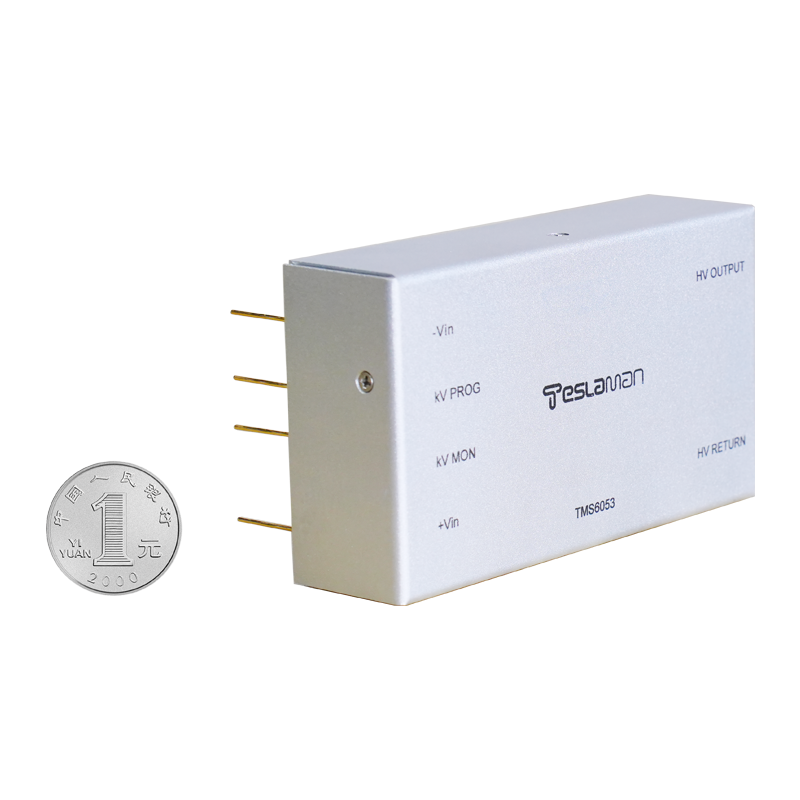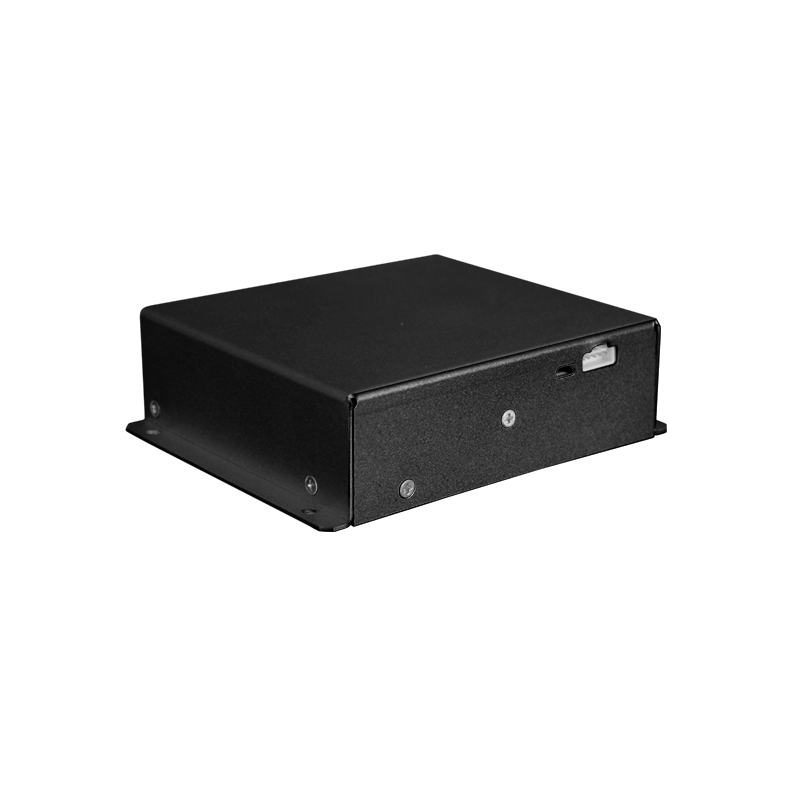Energy-Saving Transformation of Electron Beam Evaporation Power Supplies
Electron beam evaporation technology, as a core physical vapor deposition (PVD) process, is widely used in semiconductors, optical coatings, and new energy fields. However, its high energy consumption (traditional systems exhibit less than 40% energy utilization) has become a bottleneck for green industrial development. Energy-saving transformations of power supply systems can significantly improve energy efficiency ratios, reduce production costs, and promote sustainable technological advancement.
I. Core Bottlenecks in Energy-Saving Transformation
1. Low Energy Conversion Efficiency
Multi-stage conversions (electrical energy → electron kinetic energy → thermal energy) result in significant losses: voltage drop during electron acceleration (15%–20%) and thermal dissipation during target bombardment (30% from molten pool radiation).
2. High Cooling System Consumption
Water-cooled crucibles and electron guns require continuous cooling, accounting for 25%–40% of total power. Traditional mechanical refrigeration is inefficient, and scaling in cooling pipes further reduces heat exchange efficiency.
3. Defective Power Topology
Line-frequency transformers and linear regulators achieve only 60%–70% efficiency due to switching and conduction losses. For example, thyristor phase control delays at current zero-crossings cause additional energy waste.
II. Key Technical Pathways for Transformation
1. High-Frequency Power Topology Reconstruction
Full-Bridge LLC Resonant Circuit: Gallium nitride (GaN) or silicon carbide (SiC) power devices enable switching frequencies >500kHz, reducing core volume and copper loss, with efficiency exceeding 95%.
Digital Control Optimization: DSP-based adaptive voltage regulation dynamically matches electron beam current to target evaporation needs. Adjusting pulse duty cycles reduces beam current by 20% under low-load conditions, minimizing idle consumption.
2. Integrated Thermal Management Innovations
Phase-Change Cooling: Microchannel phase-change materials (e.g., paraffin-based composites) absorb latent heat in crucible cooling loops, improving heat dissipation by 40% and reducing pump power by 50%.
Waste Heat Recovery: Thermoelectric generators (TEGs) coupled with cooling circuits convert 80–120°C waste heat into electricity at 12%–15% efficiency, feeding back to auxiliary power systems.
3. Electron Gun Structural Upgrades
Hollow Cathode Guns: Low-voltage, high-current designs (<1 kV) consume 30% less energy than traditional e-guns and reduce X-ray radiation risks.
Magnetic Field Optimization: Finite-element simulations enable non-uniform magnetic fields to focus electron beams to 0.5mm diameters, doubling energy density and evaporation rates while lowering total power demand.
III. Emerging Trends and Comprehensive Benefits
1. Wide-Bandgap Semiconductor Applications
SiC-based inverter modules withstand temperatures >200°C, allowing cooling systems to operate at reduced capacity. Combined with totem-pole bridgeless PFC circuits, system efficiency exceeds 96%.
2. AI-Driven Energy Efficiency Control
Machine learning algorithms analyze historical process data (e.g., film thickness-energy consumption curves) to dynamically optimize evaporation parameters, reducing energy consumption per coating unit by 18%–22%.
3. Multi-Physics Field Co-Design
Electromagnetic-thermal simulation models optimize power layout and heat dissipation paths. For example, mounting high-voltage modules adjacent to cooling plates reduces line loss and shortens thermal conduction, decreasing overall temperature rise by 15°C.
Conclusion
Energy-saving transformations for electron beam evaporation power supplies require synergistic advancements in topology reconstruction, thermal management, and gun optimization. With the integration of wide-bandgap semiconductors and intelligent controls, next-generation systems aim to achieve >80% comprehensive efficiency, advancing the technology toward high-precision, low-energy, zero-pollution goals. This aligns with green manufacturing initiatives and provides a sustainable energy solution for cutting-edge material fabrication.




















